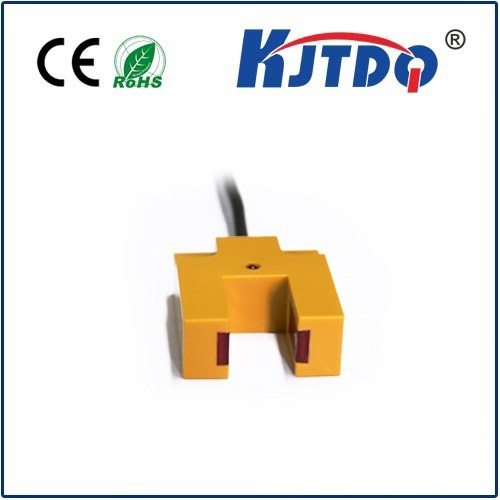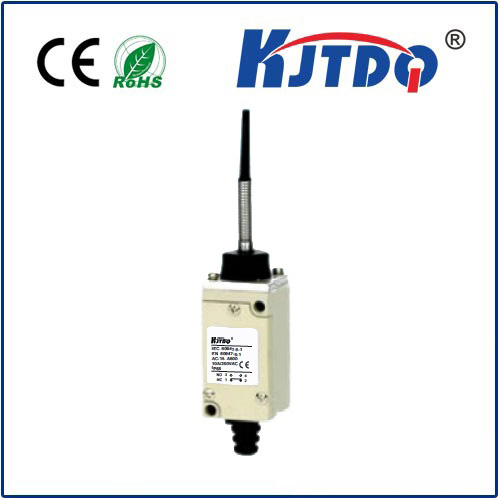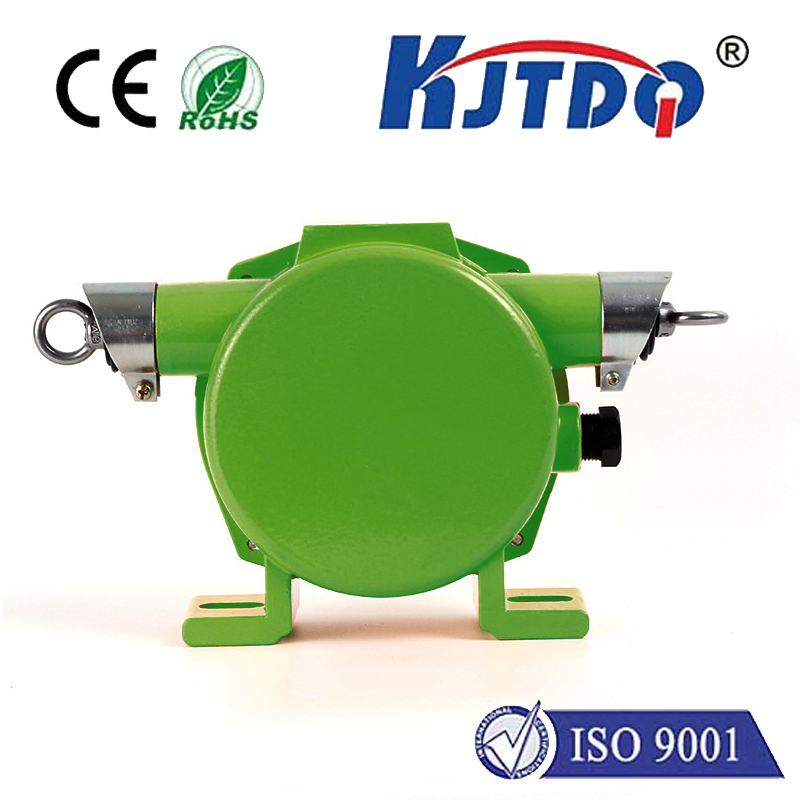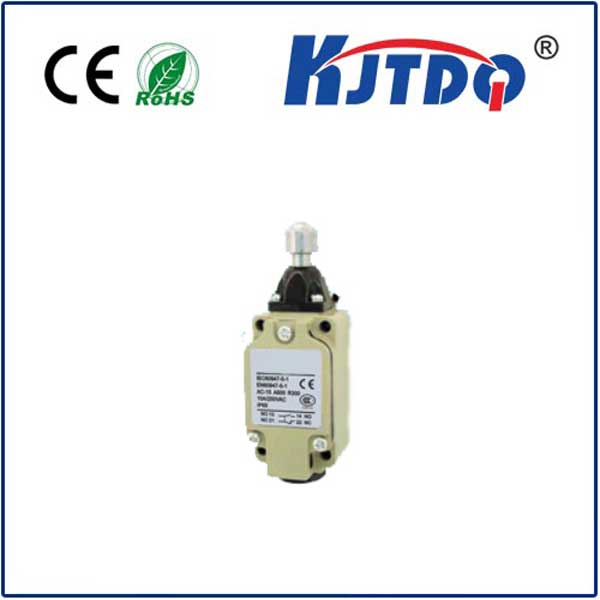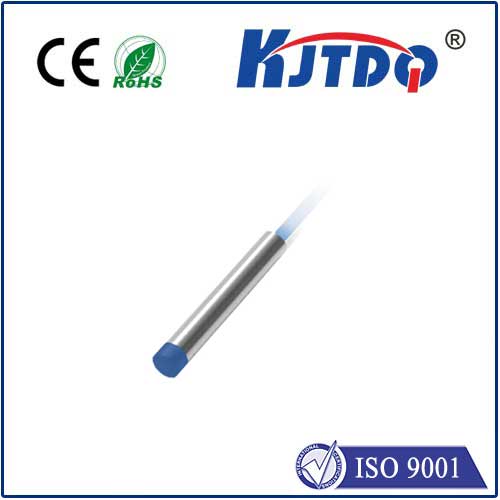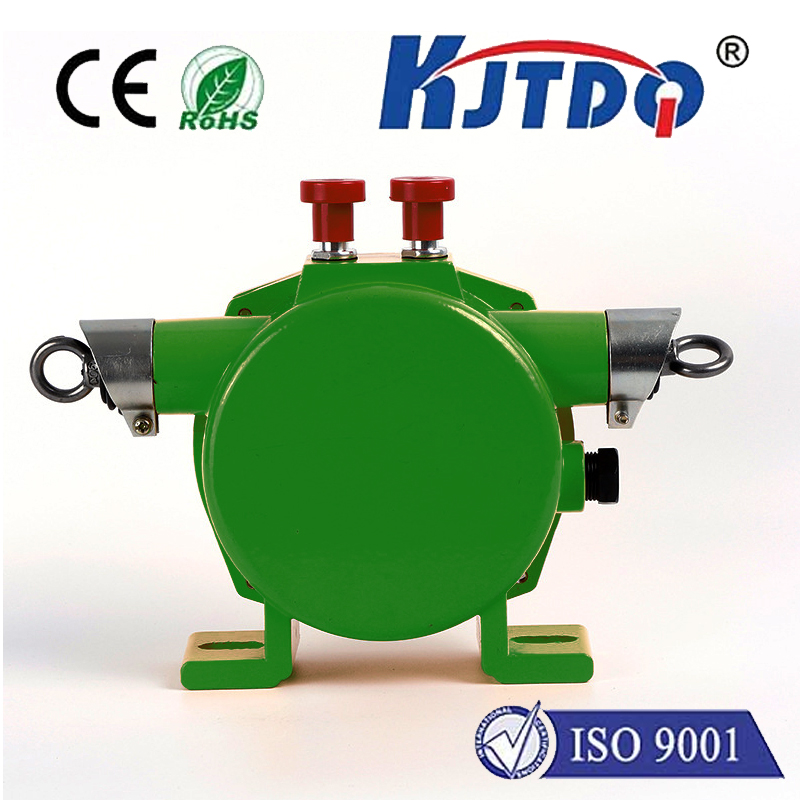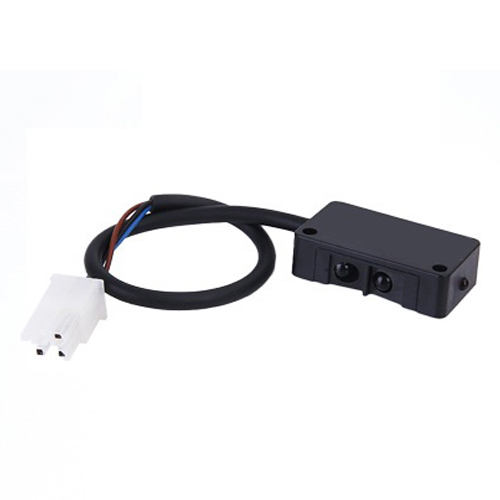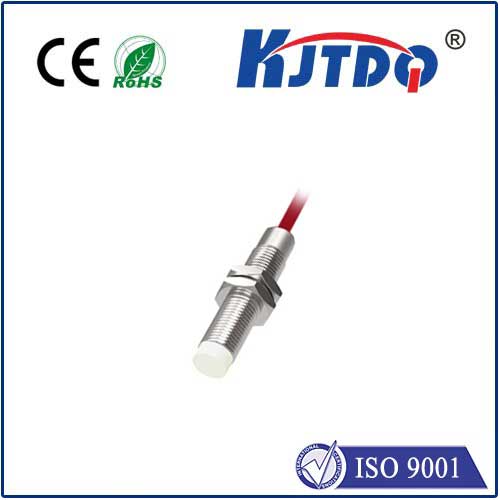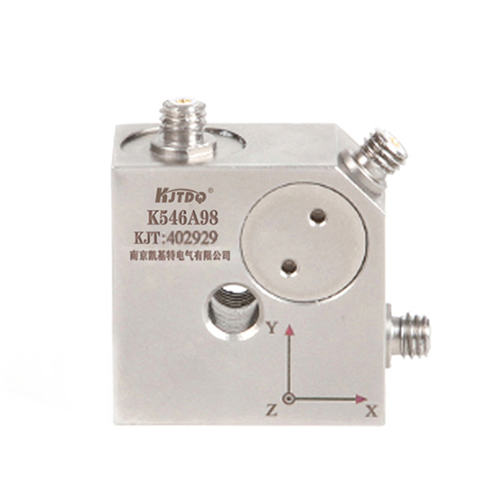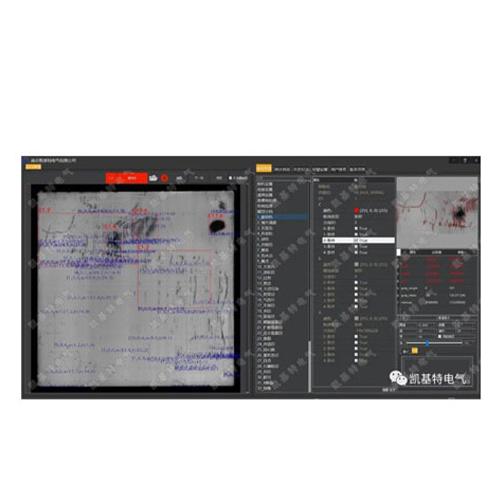

check

check

check

check

check

check

check

check

check

check
ydraulic Limit Switch: An Essential Component for Machinery Control
Hydraulic limit switches are crucial components in the world of machinery control, serving as a vital link between the mechanical and electrical systems. These specialized switches are designed to monitor the position of hydraulic actuators or cylinders, triggering signals that can be used to initiate or terminate specific operations within a machine's sequence. In this article, we will explore the importance of hydraulic limit switches, their function, and how they contribute to the efficient operation of various machinery.
The Significance of Hydraulic Limit Switches
Hydraulic systems are widely used in industries ranging from construction and manufacturing to automotive and aerospace. They offer precise control over heavy loads with smooth and reliable motion, making them ideal for applications requiring high force and accuracy. However, without proper monitoring, these powerful systems can pose a risk to equipment and personnel alike. This is where hydraulic limit switches come into play, ensuring safety and operational efficiency by acting as the "brain" behind the brawn of hydraulic machinery.
How Does a Hydraulic Limit Switch Work?

A hydraulic limit switch typically consists of a lever arm that is connected to the moving part of a hydraulic actuator or cylinder. As the actuator extends or retracts, the lever arm moves accordingly. When the lever arm reaches a preset position, it activates an internal switch mechanism, which then sends an electrical signal to the control system. This signal can be programmed to perform several functions such as stopping or starting other machine processes, alerting operators of certain conditions, or adjusting the behavior of the hydraulic system itself.
Applications of Hydraulic Limit Switches
Hydraulic limit switches find application in numerous fields due to their versatility and effectiveness. Here are some examples:
1. Manufacturing Lines: In assembly lines, hydraulic limit switches can ensure that machinery does not exceed its safe operating range, preventing collisions or damage to products during production.
2. Construction Equipment: Heavy machinery like excavators and cranes rely on limit switches to maintain stability and prevent structural damage caused by excessive extension or rotation of hydraulic arms.
3. Automotive Testing: During endurance testing of car components such as suspension systems, hydraulic limit switches help maintain consistent test parameters by accurately controlling the movement and force exerted by hydraulic actuators.
4. Aerospace Industry: Aircraft simulation systems use limit switches to replicate real-world flight conditions accurately, allowing pilots to train safely while receiving valuable data.
Maintenance and Troubleshooting
Like any critical component, regular maintenance is key to keeping hydraulic limit switches functioning optimally. This includes cleaning to remove debris that could interfere with mechanical movement, lubrication to reduce wear, and visual inspections for signs of damage or misalignment. Should issues arise, troubleshooting typically involves checking for faulty wiring connections, examining the switch mechanism for obstructions or wear, and verifying that the actuator is properly aligned with the switch lever.
Conclusion
In conclusion, the humble yet essential hydraulic limit switch plays a critical role in modern industrial machinery by bridging the gap between powerful hydraulic systems and their electronic controls. Through their ability to monitor and manage the movements of these systems precisely, they enhance safety, optimize performance, and increase productivity across various sectors. As technology evolves, so too do the capabilities of these devices, ensuring that they remain an integral part of machinery control for the foreseeable future
